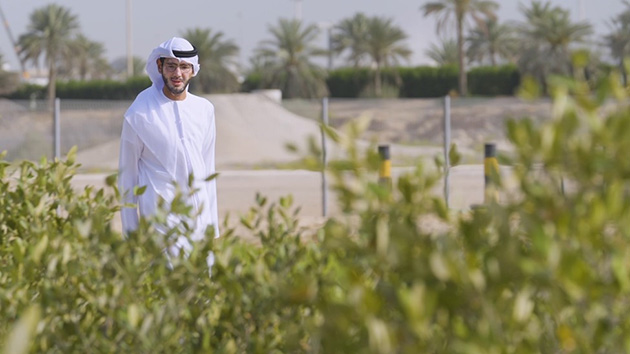2 Aerospace Pioneers Partner For Sustainability
NASA teams up with Boeing’s 2021 ecoDemonstrator to test sustainable aviation fuel emissions
Boeing is partnering with the NASA Langley Research Center to test the emissions of sustainable aviation fuel (SAF) on the 2021 ecoDemonstrator, an Alaska Airlines 737-9. The tests allow Boeing to take a tangible step forward in meeting its commitment that all of the commercial airplanes it delivers will be able to operate on 100% SAF by 2030.
The combined expertise and resources from Boeing and NASA will allow engineers to analyze SAF emissions particles and trace gases and compare them to conventional jet fuel.
“We have the best of all worlds,” said Rich Moore, NASA project scientist. “We have the specialized aeronautical engineering from Boeing that is unrivaled and world class, and, on the other side of the blast fence, we have the NASA team, who are specialized at measuring emissions.”
In preparation for the test, NASA brought its mobile laboratory from Langley, Virginia, and stationed it at Boeing Field in Seattle. It sampled emissions from a custom-built probe designed to interface with the blast fence behind the airplane.
The team ran the 737-9’s LEAP 1B engines with various SAF blends up to 100% SAF, and measured the emissions for each fuel. The tests were followed by a Boeing ecoDemonstrator 100% SAF flight on one engine – the other engine had conventional jet fuel. This testing is part of a new long-term research collaboration between Boeing, NASA, and other industry partners to characterize the emissions of SAF.
“The 737-9 has the LEAP 1B engine - one of the most modern engines with an advanced combustor,” said Steve Baughcum, Boeing emissions Technical Fellow. “It’s already a low-emissions engine. We’re looking for the first time at how the emissions characteristics for that type of engine are affected by using sustainable aviation fuels.”
The engineering team is just beginning to analyze the data, but the early findings point to the benefits of SAF.
“The results we’re getting already make me really hopeful for the future and our potential to innovate our way out of the environmental impacts of aviation” Moore said.


